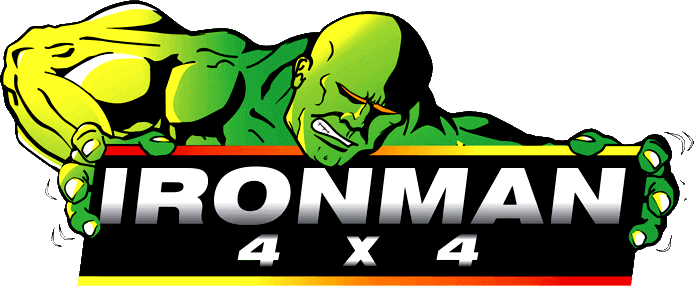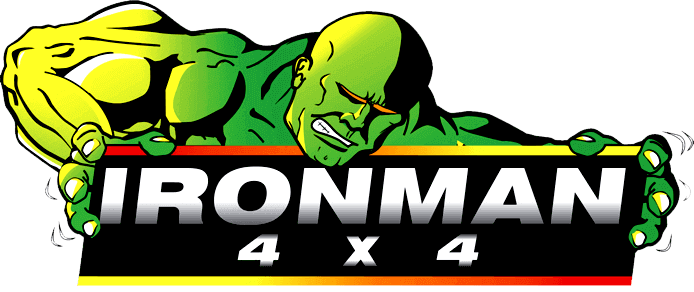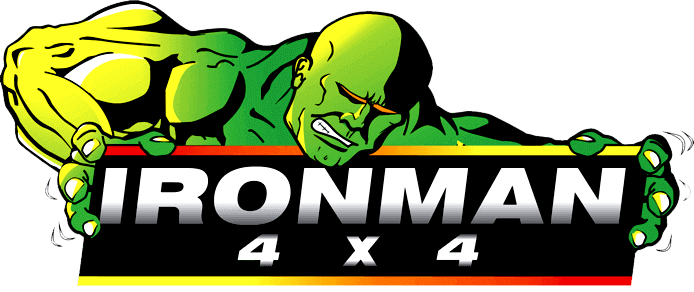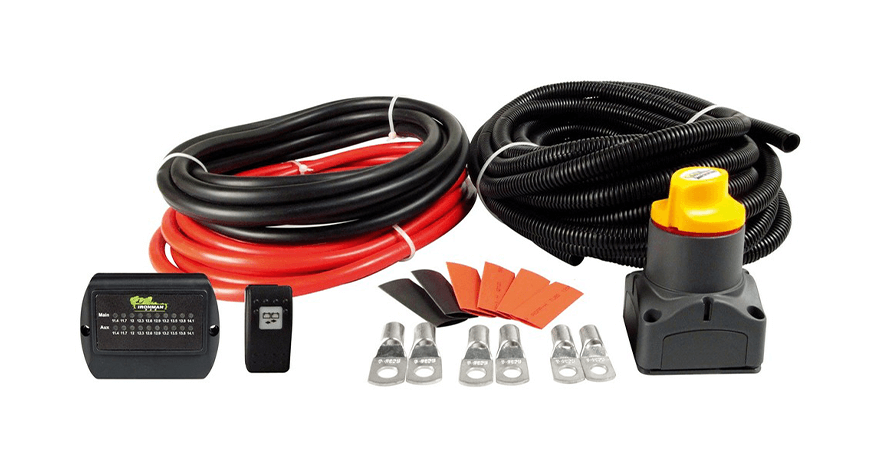At Ironman 4×4 Middle East, we’re about offering the best advise, service and products to our customers. With accessories being a big focus for us, we always recommend a dual-battery system for our customers to help in the long run and makle sure that all those accessories on their 4×4 perform without fail.
Long hours on the road might compel one to pack utilities to help cope with the mundane miles. While some might pack iPods and laptops, others might choose cameras and recorders. However, a common thread running through all of them is a source of power to charge. While a single battery in your 4×4 might be able to take the load temporarily, its durability might take a hit. Hence one should either be ready for a backup power source or roadside assistance as your car did not start with the first 20 twists of the key.
That is when you search for possible options to conserve battery power. However, one should know that conserving the power might not be an ultimate solution. An additional battery can not only decrease the load on your primary battery but also give you a hassle-free source of power for a long period of time.
A Dual Battery System (DBS) will isolate the second (auxiliary) battery from the starter battery, creating a differential barrier between the domestic and mechanical use of the power. This will ensure that your primary battery has enough power that you need to kick-start your engine.
A DBS can be the most viable source of power with its sustainable qualities such as being able to recharge on the go by adding a solenoid.
Here are some ways you can charge your dual batteries.
1) Basic Isolators
A basic isolator is commanded by the ignition of the vehicle. The two batteries are physically connected when the car is ignited. This kind of a setup is cheaper and will effectively isolate your primary battery.
2) Smart Isolators:
Smart isolators primarily function as a basic isolator. But instead of depending on the ignition, they’re made to cut in and out at specific voltages. This setup gives the primary battery plenty of time to be recharged until which it will be disconnected from the auxiliary battery. This will ensure that there is always a resourceful amount of power at the brim to crank your engine.
3) DC to DC chargers.
With stringent emission norms hovering over auto manufacturers like a dark cloud, companies are now designing their vehicles with smart alternators. This lets the alternators put out enough power to charge the main battery and then turn off completely when it is fully charged. This makes it close to impossible to charge the auxiliary battery, Hence, DC to DC chargers.
DC to DC chargers resembles just another battery charger at your house. It is connected to the ECU which recognises it as just another accessory and will run the alternator accordingly. It makes use of two separate electrical systems which cuts down the possibility of running the main battery empty by keeping any of the accessories on for a long period of time.
Give us a call to learn more about how we can help with installation of a dual battery system on your 4×4.





